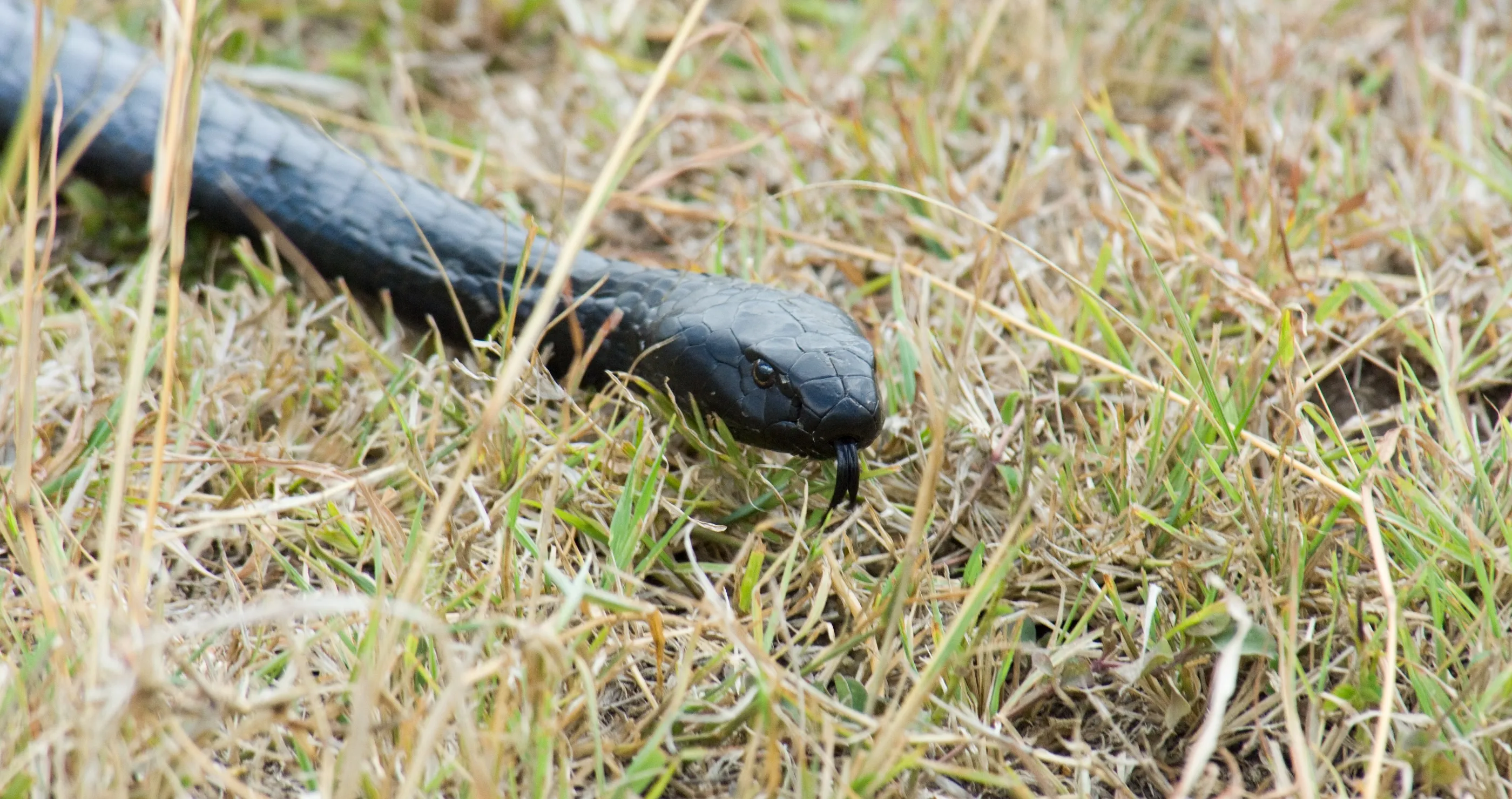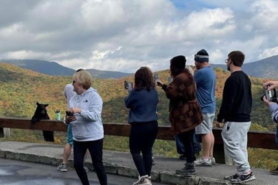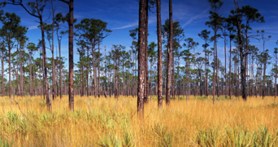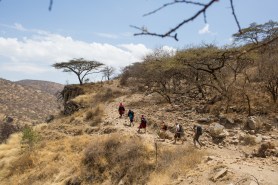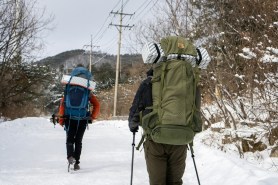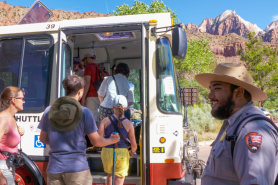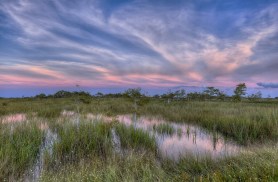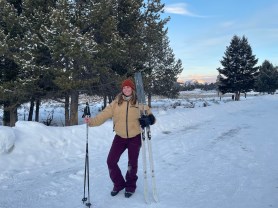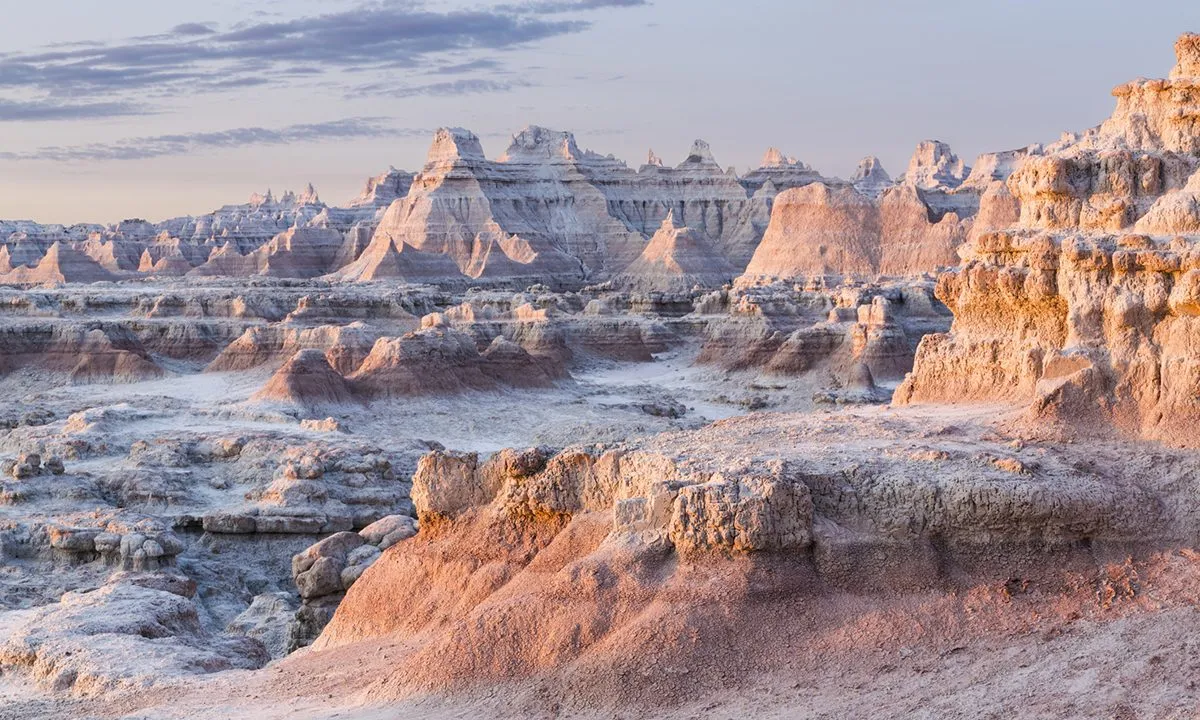

Badlands National Park was founded 45 years ago today. Located in South Dakota, this park covers over 242,000 acres and is known for its stunning mountains and expansive grasslands. In honor of the park’s birthday, here are five things you didn’t know about Badlands National Park.
Videos by Outdoors
5. You Can See Over 7,500 Stars

Badlands National Park has an International Dark Sky Certification, which protects the park from light pollution and replaces traditional light fixtures with International Dark Sky Association (IDA)-approved lights. Because of this, you can view over 7,500 stars within the national park. When you visit Badlands National Park at night, you can view stars, galaxies, planets, moons, and satellites. If you’re looking for a more in-depth experience, visit in July and catch the Badlands Astronomy Festival.
4. It’s Home to Resilient Animals
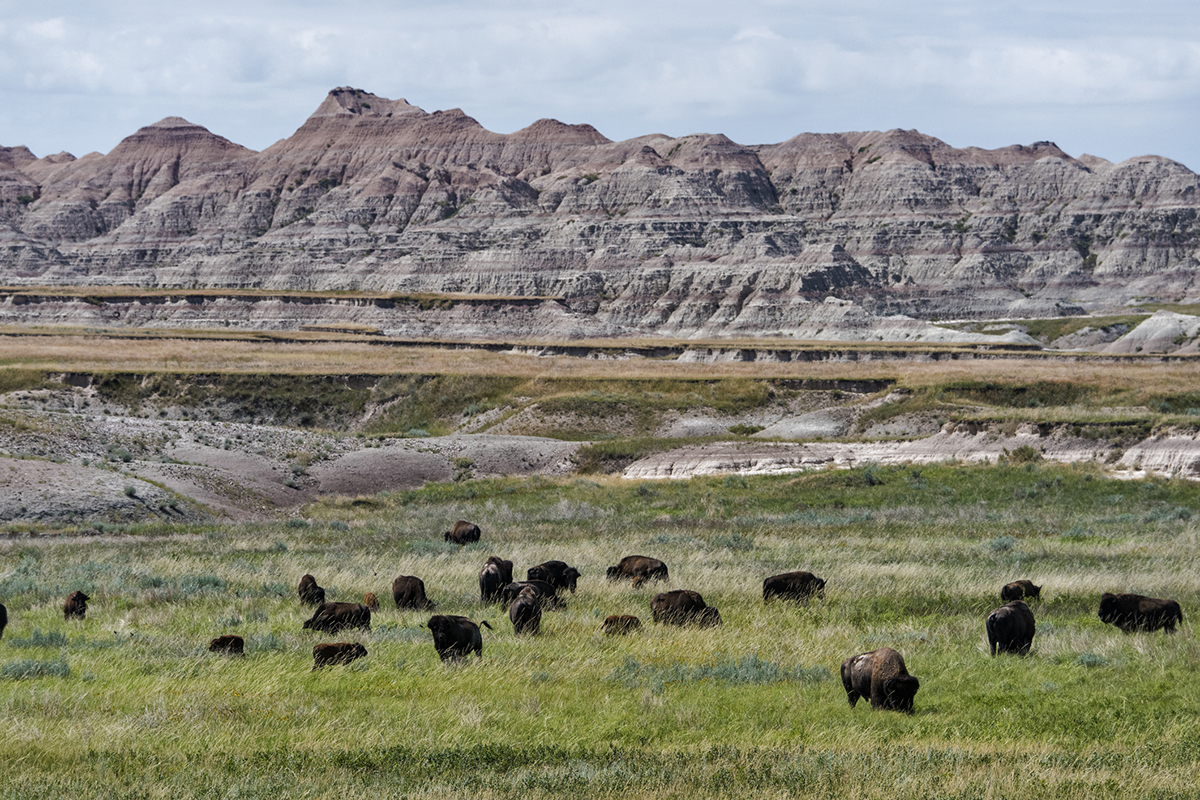
Not only is Badlands National Park a beautiful location, but it is also home to several endangered species like the American bison, black-footed ferret, and pronghorn. All animals that live in Badlands National Park have to be resilient to endure the bitter cold winters and boiling-hot summers. Badlands National Park is also a part of the Bison Conservation Initiative to help protect the American bison population.
3. It Was Originally Called the Mako Sica
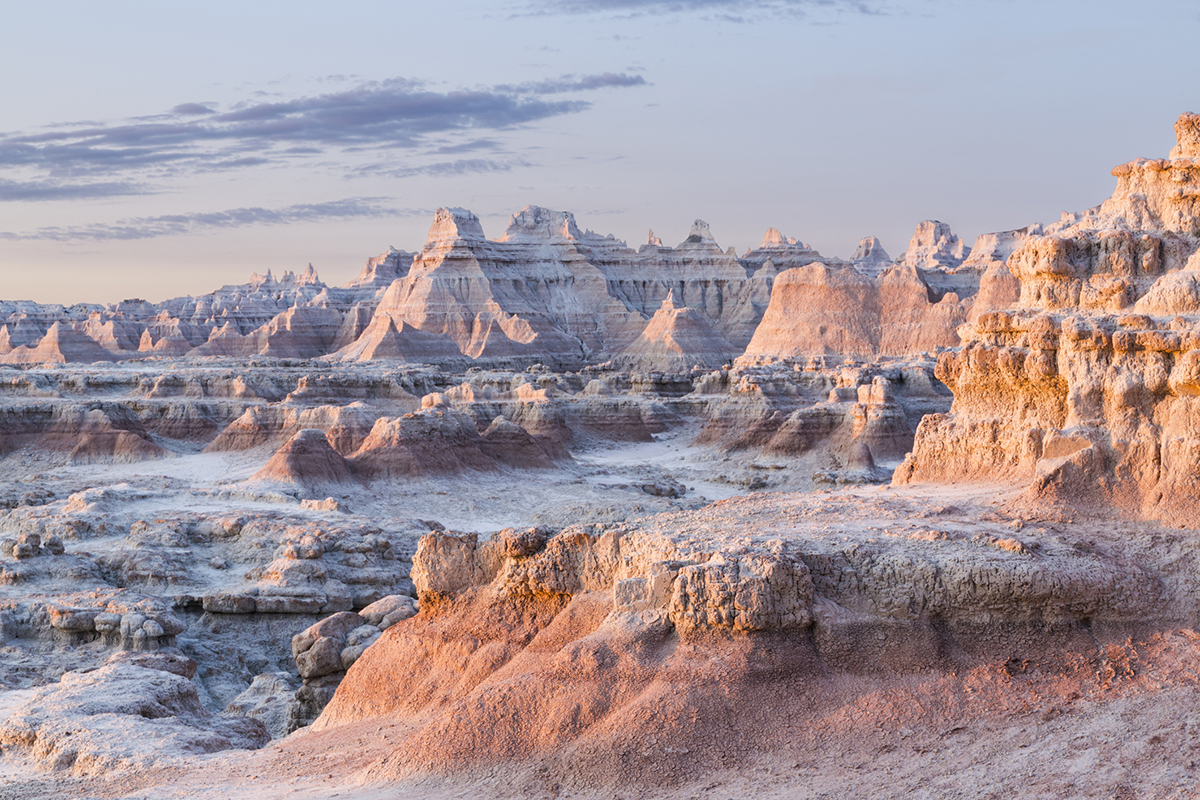
The indigenous Lakota tribe originally called the Badlands “Mako Sica,” which directly translates to “land bad.” It got this name due to the lack of water and exposed rugged terrain. The Badlands are made of soft, sedimentary rock that has been eroded over time due to the arid climate. The area is very susceptible to high winds, which often expose fossils. When French-Canadian fur trappers came to the area, they called the land “les mauvais terres pour traverse” or “bad lands to travel through.”
2. It Used to be a Beachfront Property
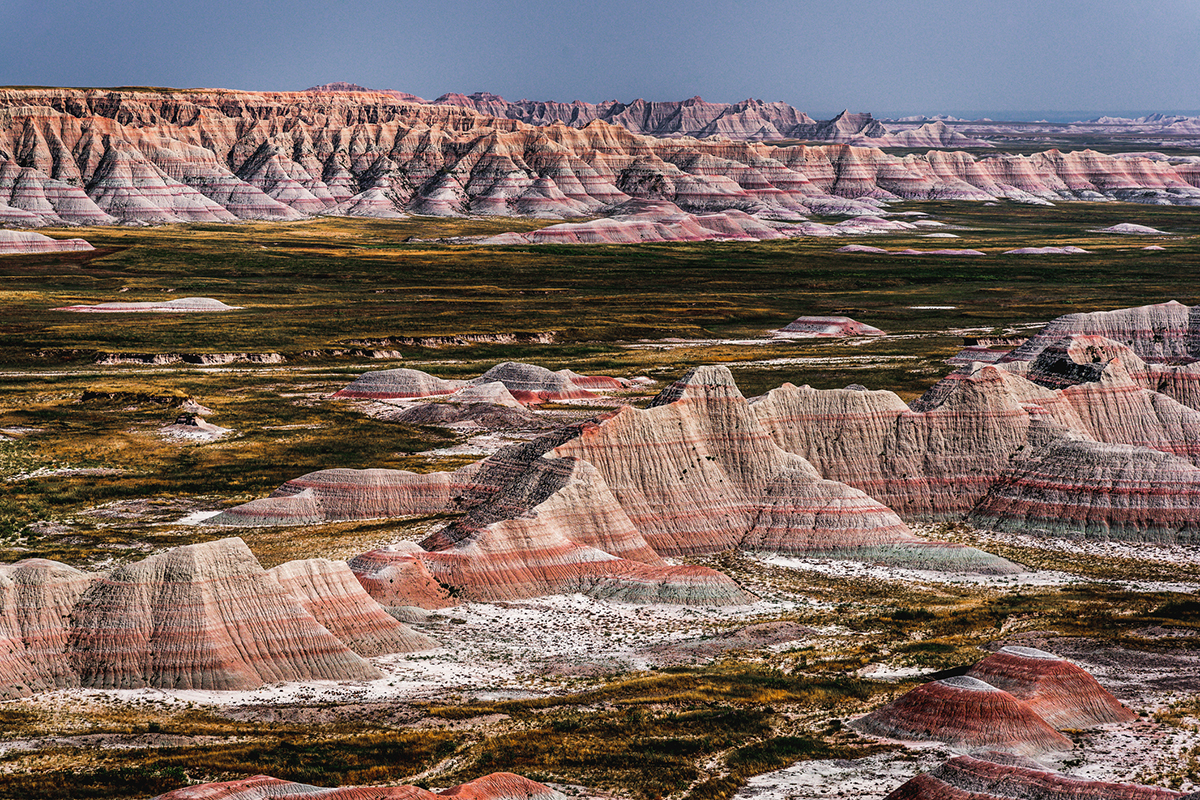
Badlands National Park’s landscape began to take its current shape over 69 million years ago. Back then, much of the area was covered by ocean water. When the water receded, the ocean left sedimentary deposits that became rock. Erosion and weathering worked their magic over the next half-million years to create the stunning buttes and pinnacles you see today. These rocks hold the history of not only how this landscape was formed, but also the animals that lived here millions of years ago.
1. It Has a Tumultuous History
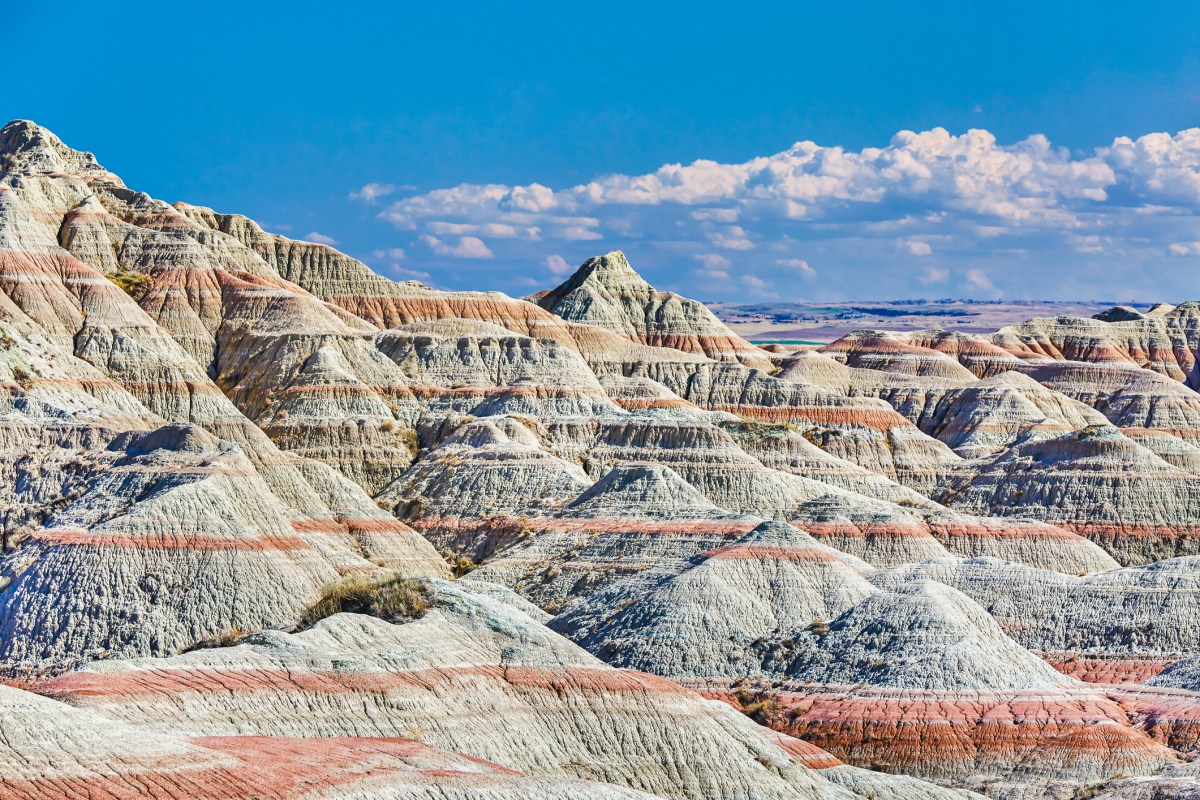
Like most of the land in the United States, Badlands National Park has a complicated and sometimes disturbing history. In the 1890s, the United States Army attempted to gain power and remove weapons from the Indigenous Lakota people, specifically the Miniconjou. The Indigenous peoples took part in the Ghost Dance, believing it would return the land to its original, pre-colonial state, but when the 7th Cavalry opened fire, they were left defenseless and close to 300 people died. This historic and disturbing event is known as the Wounded Knee Massacre.

